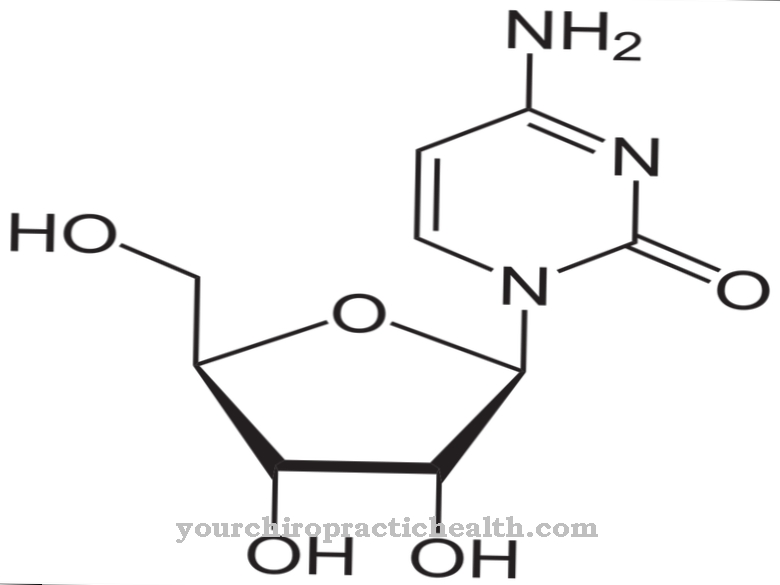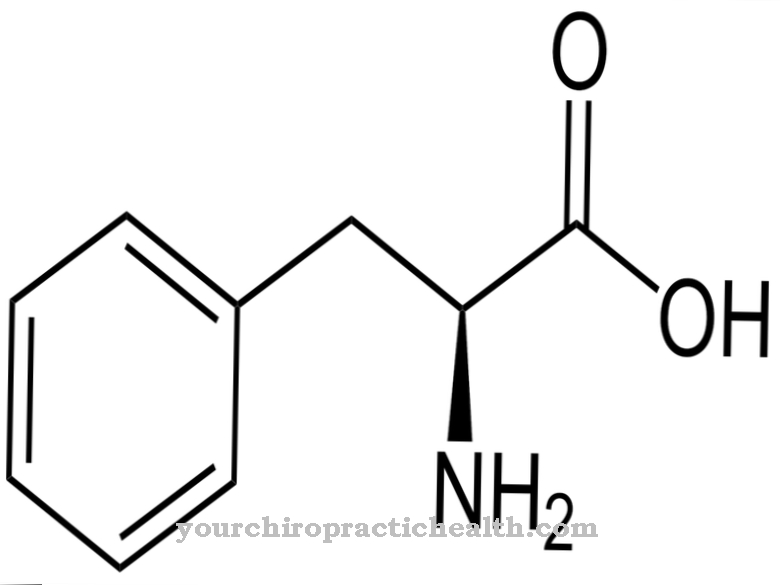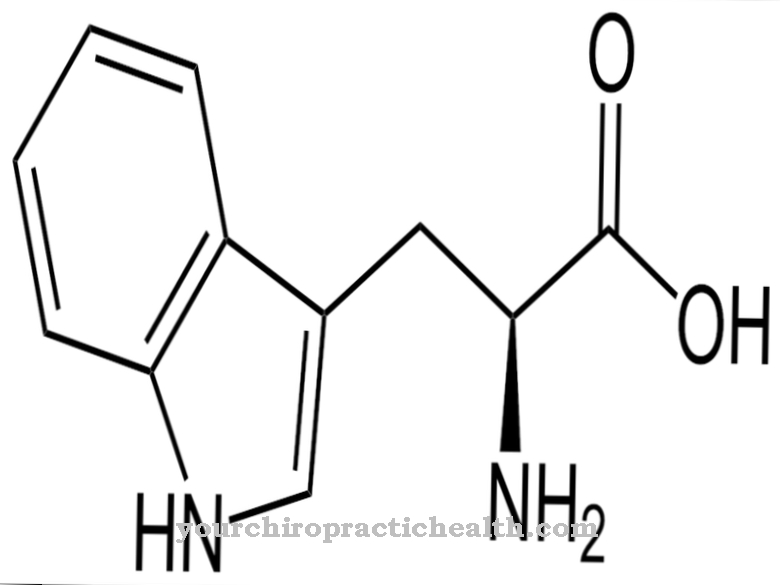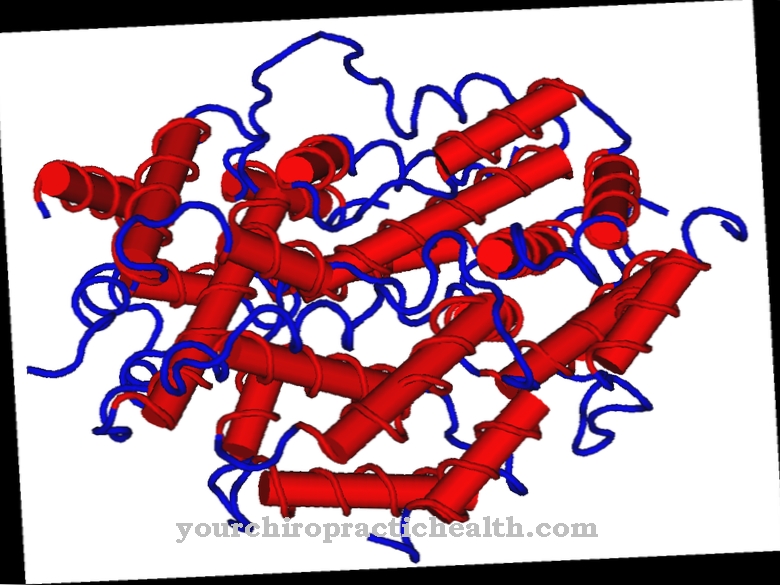Alkaloids are organic compounds that can affect the animal and human organism. Most alkaloids are produced by plants.
What are alkaloids?
The term alkaloids comes from Arabic and means plant ash. The alkaloids are naturally occurring organic compounds that are produced in the secondary metabolism of plants, bacteria and fungi.
In contrast to the primary metabolites, these secondary metabolites are not necessary for the growth of the producers. The chemical compounds are mostly alkaline and contain nitrogen. More than 10,000 different substances are assigned to the alkaloids group. The term alkaloids was coined in 1819 by the pharmacist Carl Friedrich Wilhelm Meißner. At that time he dealt with plant substances similar to alkali such as strychnine, morphine and solanine. A precise definition of the term alkaloids does not yet exist. What all alkaloids have in common, however, is that they have an effect on the animal and human organism. The bitter taste and the mostly toxic effect are also typical.
Alkaloids can be divided according to different points of view. Usually the categorization takes place according to origin, biogenesis, pharmacological effect and chemical structure. In terms of the chemical structure, alkaloids with heterocyclic nitrogen can be distinguished from alkaloids with acyclic nitrogen.
The first group includes, for example, the pyrrolidine alkaloids, the piperidine alkaloids and the indole alkaloids. Examples of alkaloids with acyclic nitrogen are ephedrine and mescaline. In terms of origin, curare alkaloids, ergot alkaloids, opiates and vinca alkaloids can be distinguished. In addition, a classification can be made according to the pharmacological effect.
Function, effect & tasks
The alkaloids represent an important group of active ingredients in medicine. For example, the alkaloids from ergot are used to treat low blood pressure, fainting attacks and cardiovascular complaints.
The active ingredient dihydroergotoxin is used to treat high blood pressure. This is also an alkaloid that is extracted from ergot. The active ingredient ergotamine plays a decisive role in the treatment of headaches and migraines. Ergotamine, like bromocriptine, is an alkaloid. Bromocripton is used in the therapy of Parkinson's disease. Another area of application for Bromocriptone is acromegaly.
Due to a hormonal disorder, the ears, nose, hands and feet become enlarged. Ergot alkaloids also affect the muscles of the uterus. The active ingredient methylergometrine, which is obtained from ergot, causes the uterus to contract. It is therefore given to women who have not contracted the uterus after giving birth.
Opiates are also used medicinally. Opiates are the natural substances found in opium. The most important opiates are morphine, codeine, thebaine, noscapine, papaverine and narceine. Morphine is used to treat severe acute and chronic pain. The alkaloid is also used for the symptomatic therapy of anxiety, coughing and shortness of breath. Codeine is an alkaloid that is used to relieve coughs. Papaverine affects the vascular tension in the cardiovascular system. It is used, among other things, to treat cerebral and peripheral circulatory disorders. The alkaloid is also used in the therapy of erectile dysfunction.
Education, occurrence, properties & optimal values
Alkaloids can be obtained from various plants. For example, there are the curare alkaloids. They are obtained from thickened extracts of bark and leaves of South American liana species. The ergot alkaloids come from ergot. The ergot is a permanent form of the ergot fungus.
This fungus attacks food and feed grain. Rye is particularly affected. Opiates come from the opium poppy. The alkaloids are obtained from the milky sap of the plant. However, there are also synthetic opiates such as heroin or pethidine. Vinca alkaloids, which are used in chemotherapy, are found in plants belonging to the dog poison family. This includes different types of evergreens. The pharmaceutical parent plant is the small periwinkle (Vinca minor). Various partially synthetic derivatives are made from vincamine.
Diseases & Disorders
Alkaloids are poisonous, so that incorrect dosages or accidental consumption can lead to poisoning. Common symptoms of poisoning include reddening of the skin, blistering and necrosis. Those affected suffer from nausea, vomiting and diarrhea. Severe abdominal pain and colic are also possible. In addition, headaches, cramps and drowsiness develop. In the worst case scenario, it can lead to shortness of breath or even respiratory paralysis.
The toxic effects of ergot alkaloids include intestinal cramps and hallucinations. In addition, the fingers and toes die off due to circulatory disorders. The clinical picture that results from poisoning with ergot alkaloids is also called ergotism. The circulatory disorders also affect the kidneys and the heart muscle. The extremities of those affected are cold, the pulses are barely palpable. In addition, there are tingling sensations, sensory disturbances and symptoms of paralysis. Acute poisoning can quickly lead to death through cardiac arrest or respiratory arrest. Chronic poisoning is more likely to lead to secondary infections with subsequent blood poisoning.
Curare alkaloids are inhibitors of the neurotransmitter acetylcholine. The displacement of the neurotransmitter at the motor end plates paralyzes the muscles. In the event of poisoning with curare alkaloids, the respiratory muscles can also be affected by the effects. The result is fatal respiratory paralysis.
Digitalis is an alkaloid that is used to treat heart failure. As with many alkaloids, the therapeutic window is very narrow, the boundaries between toxic and therapeutic effects are fluid. Digitalis intoxication is associated with nausea and color vision. If the dose of the alkaloid is not adjusted, cardiac arrhythmias develop that can be fatal.



























